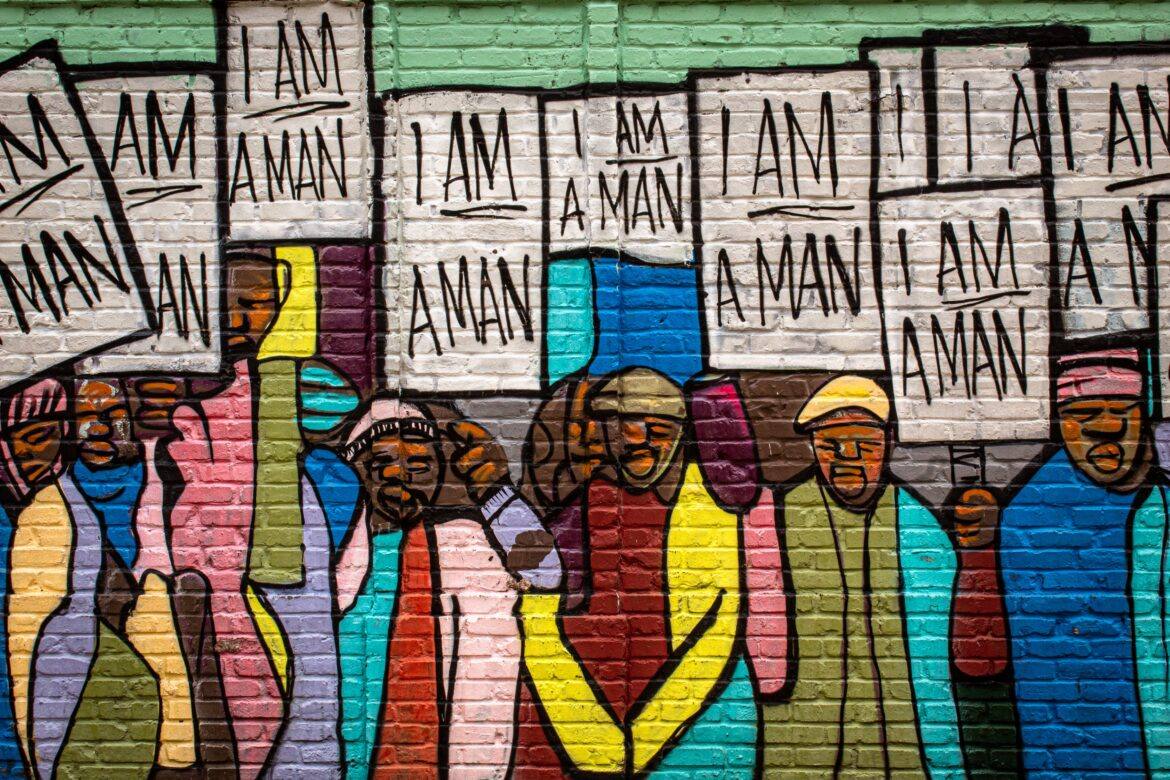June 11th marks the 56th anniversary of President John F. Kennedy’s Oval-Office address outlining his goals for civil rights in the United States. In 1964, after Kennedy’s assassination, Congress would pass the Civil Rights Act. The breakthrough legislation greatly changed civil rights and labor law, prohibiting discrimination based on race, color, religion, sex, or national origin. Now, new ed tech resources make understanding the legacy of the act easier than ever. Here are a few examples that caught our eye.
Editor’s note: Random-Access Memories is a periodic series highlighting the ways in which major historical events have influenced ed tech. Got an idea for a future edition of R-AM? Drop us a line.
Around the world, from Berlin to Saigon, the United States was engaged in a globe-spanning Cold War. In this ideological war, the U.S. government preached the power of freedom and opportunity. But in Alabama, Governor George Wallace had dispatched the state National Guard to prevent African Americans from enrolling at the University of Alabama.
This was the backdrop from which President John F. Kennedy spoke to the nation 56 years ago. He used these tensions to push for new civil rights laws, legislation that he hoped would put Americans from minority groups on the same footing as those in the majority. In the following year, despite the interceding death of Kennedy, Congress would pass the Civil Rights Act of 1964, dramatically using federal laws to protect the rights of African Americans.
In the years since, the act has been a vital guide to American law and has influenced American society. Are you looking to explore the impact of the Civil Rights Act in your classroom? Here are a few digital resources that can help create immersive, lasting lessons.
Exploring Civil Rights Online
- The Library of Congress shares a number of themed resources, including digital lesson plans for grades 6–12, links just for students, online exhibitions, and more.
- The U.S. National Archives offers a variety of primary sources, along with public-domain teaching activities. What’s more, the page and its resources are available in Spanish.
- iCivics organizes a number of digital lesson plans and drafting board activities in one place.
- Civil Rights Teaching includes a thematic presentation and lesson plans meant to help teachers conceptualize new ways of teaching about the impacts of the civil rights movement.
- Looking for a one-stop shop? Teaching American History has a complete toolkit to help you teach this important topic.
Additional Resources
Check out the educator resources page from the National Civil Rights Museum or scroll through Education World‘s list of essential civil rights videos. You can even see what other teachers are doing at Share My Lesson Plan.

